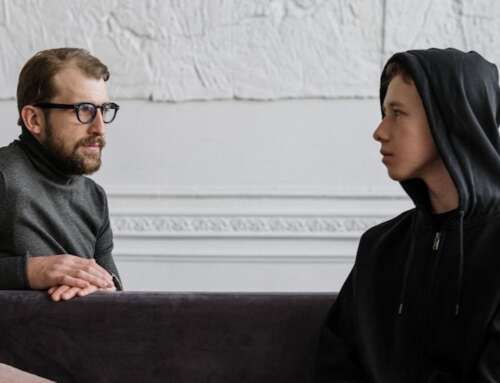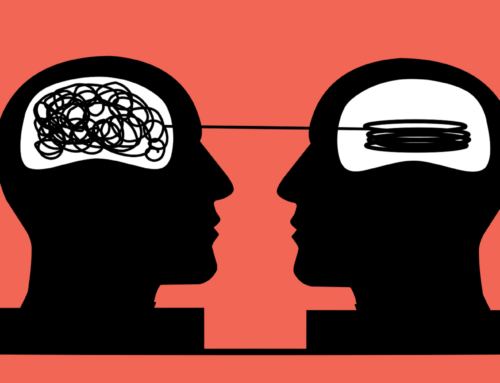To its critics, it is dangerous pseudoscience. To its supporters, it offers unique insights. What is the future of this controversial psychological test?
Victor Norris had reached the final round in his application for a job working with young children, but he still had to undergo a psychological evaluation. Over two long November afternoons, he spent eight hours at the office of Caroline Hill, an assessment psychologist working in Chicago.
Norris had seemed an ideal candidate in interviews – charming and friendly, with a suitable résumé and unimpeachable references. Hill liked him. His scores were normal to high on the cognitive tests she gave him, as were his results on the personality test he took. When Hill showed him a series of pictures without captions and asked him to tell her a story about what was happening in each one – another standard assessment – Norris gave answers that were a bit obvious, but harmless enough.
At the end of the second afternoon, Hill asked Norris to move from the desk to a low chair near the couch in her office. She took out a yellow legal pad and a thick folder, and handed him, one by one, a series of 10 cardboard cards from the folder, each with a symmetrical blot on it. As she handed him each card, she said: “What might this be?”, or “What do you see?”
Five of the cards were in black and white, two had red shapes as well, and three were multicoloured. For this test, Norris was asked not to tell a story, not to describe what he felt, but simply to say what he saw. No time limit, no instructions about how many responses he should give. Any questions he asked were deflected:
“Can I turn it around?”
“Should I try to use all of it?”
“Whatever you like. Different people see different things.”
After he had responded to all 10 cards, Hill went back for a second pass: “Now I’m going to read back what you said, and I want you to show me where you saw it.”
Norris’s answers were shocking: elaborate, violent sexual scenes with children; parts of the inkblots seen as females being punished or destroyed. Hill politely sent him on his way – he left her office with a firm handshake and a smile, looking her straight in the eye – then she turned to the legal pad on her desk, with the record of his responses. She systematically assigned Norris’s responses the various codes of the standard method and categorised his answers as typical or unusual using the long lists in the manual. She then calculated the formulas that would turn all those scores into psychological judgments: dominant personality style, egocentricity index, flexibility of thinking index, the suicide constellation. As Hill expected, her calculations showed Norris’s scores to be as extreme as his answers.
If nothing else, the Rorschach test had prompted Norris to show a side of himself he did not otherwise let show. He was perfectly aware that he was undergoing an evaluation. He knew how he wanted to come across in interviews and what kind of bland answers to give on the other tests. On the Rorschach, his persona broke down. Even more revealing than the specific things he had seen in the inkblots was the fact that he had felt free to say them.
This was why Hill used the Rorschach. It’s a strange and open-ended task, in which it is not at all clear what the inkblots are supposed to be, or how you’re expected to respond to them. Crucially, it’s a visual task, so it can sometimes get around conscious strategies of self-presentation. As a postgraduate student, Hill had learned a rule of thumb that she had repeatedly seen confirmed in practice: a troubled personality can often keep it together on an IQ test and other standard tests, then fall apart when faced with the inkblots. When someone is intentionally or unintentionally suppressing other sides of their personality, the Rorschach might be the only assessment to raise a red flag.
Hill did not put in her report that Norris might be a past or future child molester – no psychological test has the power to determine that. She did conclude that Norris’s “hold on reality was extremely vulnerable”. She couldn’t recommend him for a job working with children and advised the employers not to hire him. They didn’t.
Norris’s disturbing results and the contrast between his charming surface and hidden dark side made a deep impression on Hill. Eleven years after giving that test, she received a phone call from a therapist who was working with a patient named Victor Norris and had a few questions he wanted to ask her. She didn’t need reminding who this person was. Hill was not at liberty to share the details of Norris’s results, but she laid out the main findings. The therapist gasped. “You got that from a Rorschach test? It took me two years of sessions to get to that stuff! I thought the Rorschach was tea leaves!”
– Damion Searls
Read more: Can we trust the Rorschach test?







Leave A Comment